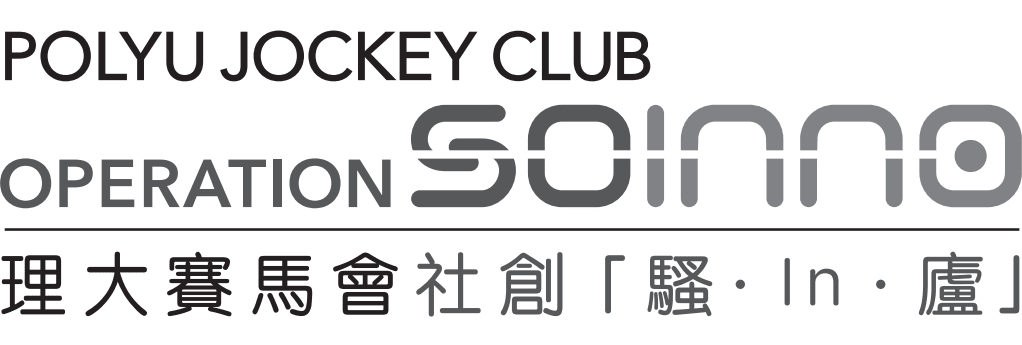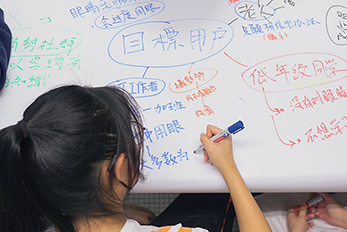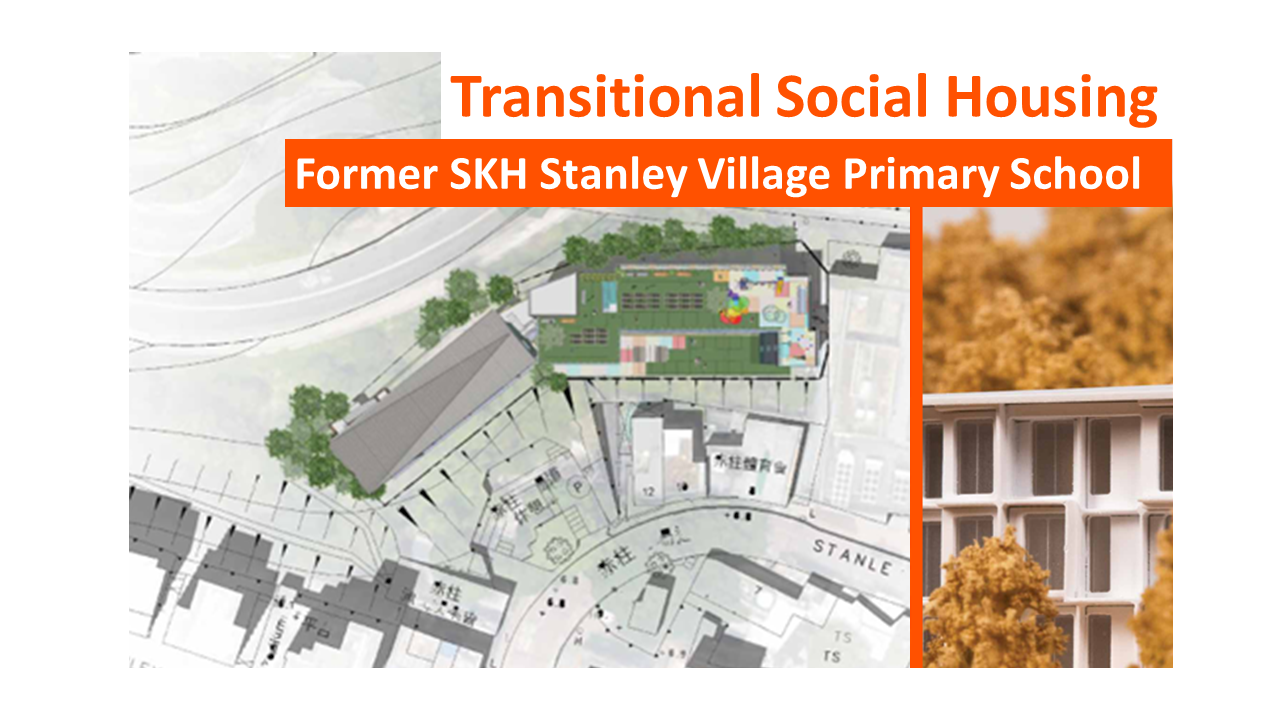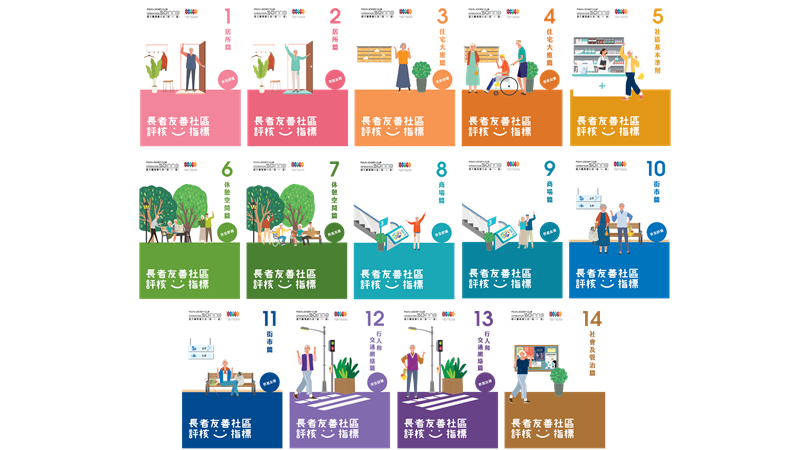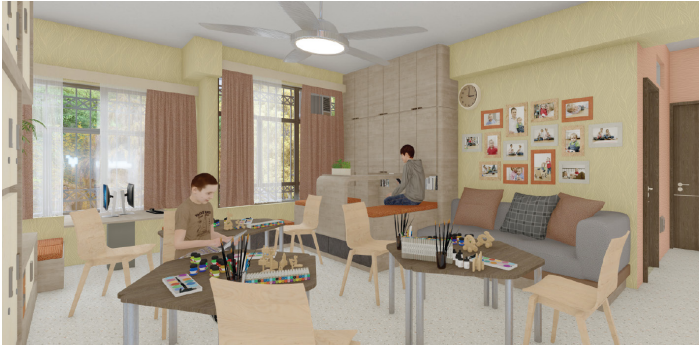Overview
In Taiwan, some children and adolescents who cannot grow up in their biological families are cared for in “Group Homes” (Note[1]). In these environments, they live together with guardians and other children of similar ages. Currently, Group Homes in Taiwan primarily serve children and adolescents with special needs, accommodating a maximum of four service users per household to provide personalized and small-scale care services (Note[2]). Due to policy considerations, service units must take into account the expressive capabilities and developmental needs of these service users when designing care services.
Addressing this social issue, the social design studio “HappenxDesign” located in Taichung’s old town initiated the ” Community Mapping” project in October 2022. The aim is to deepen the emotional connection between Group Home service users and the local community through creative activities.
Outcomes
The “Community Mapping” project provides services for approximately four children and adolescents living in Group Homes (hereafter referred to as participating youth). The aim is to open the participating youths’ hearts and demonstrate to Group Homes how to empower children to express their emotions through participatory interactions, thereby actively connecting with and integrating into the community.
During the “Community Imaginer” exhibition, the participating youth, after taking part in the old town impression mapping course, used visual methods to document their feelings and memories of the community. This also reflects their needs within the community. As a result, the ” Community Mapping” project successfully secured an opportunity for extension, incorporating the concept of child participation into the transformation of the indoor living environment of group homes, known as the “Home Renovation Space” plan.

Process
Inspiration
The inspiration for the ” Community Mapping” project came from a social worker responsible for Group Home services. After participating in a local tour organized by the HappenxDesign, he proactively reached out with the hope of assisting the children and adolescents in his Group Home to better understand the community they are in, establish a sense of local connection, and cultivate their observational skills through a similar community mapping approach. More importantly, the goal is to make the placement location feel like a “home” with a sense of local living.

Ideation
Since the target audience and goals of the project were clear, the team established from the outset that creating a home map would serve as a medium to help children and adolescents build connections with the community.
The project team organized guided tours for children and adolescents in group homes to explore iconic landmarks in Taichung’s old city, such as the historically significant “Miyahara Ice Cream,”(Chinese: 宮原眼科) which has been converted into a famous dessert shop, as well as the Taichung Overpass (Chinese: 綠空鐵道), Lyu-Chuan Canal (Chinese: 綠川), and Taichung Train Station. During these tours, the participating Youths used cameras to capture the urban landscape from various angles and express their thoughts about the places they visited.
Workflow:

Implementation
During the map-making process, The team noticed that what the children and adolescents wrote was not necessarily a reflection of the cultural background of these places. Instead, they captured personal memories associated with those locations. For instance, one adolescent wrote about visiting “Miyahara Ice Cream” (Chinese: 宮原眼科) with friends and feeling happy. While accompanying social workers expressed concern about correcting these subjective reflections, the team took this as an excellent opportunity to shift the project focus from documenting the features and functions of landmarks to creating unique emotional maps based on the participating youths’ local memories.
Additionally, the team recognized that for some youths, writing could be challenging, and that physical expressions or the use of props might better facilitate their self-expression.


Products:


